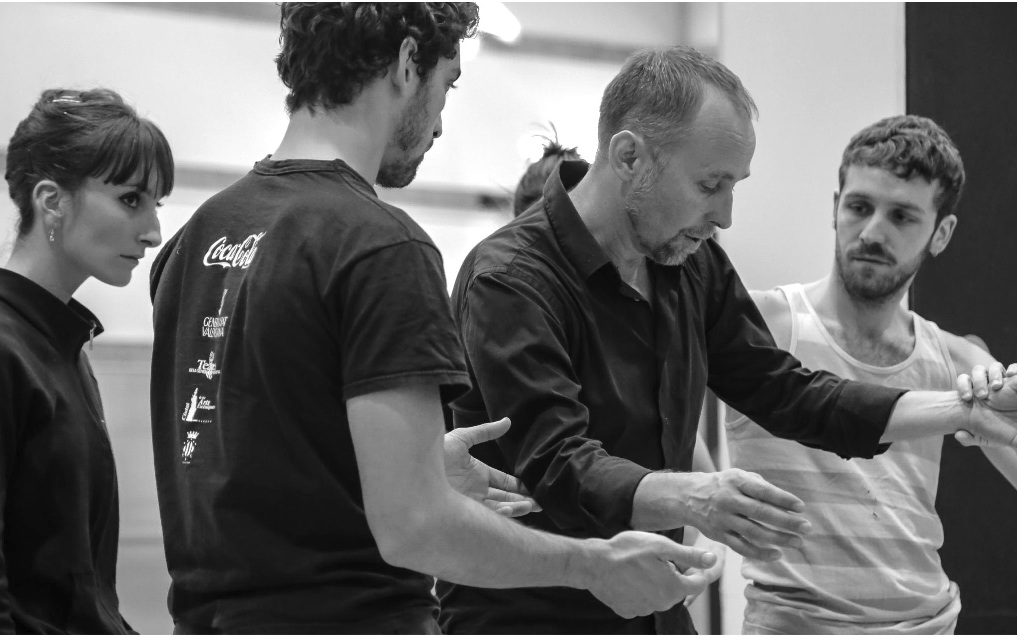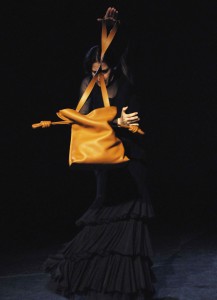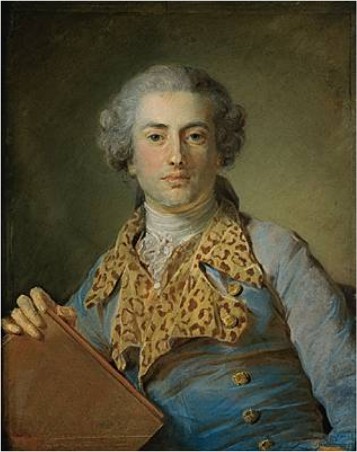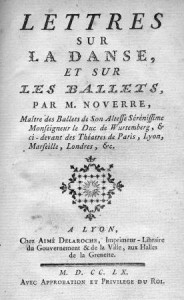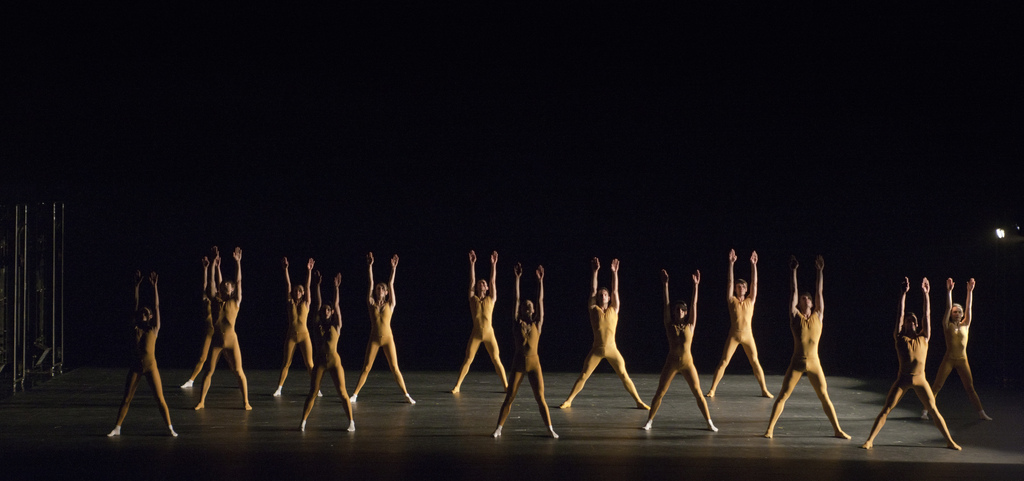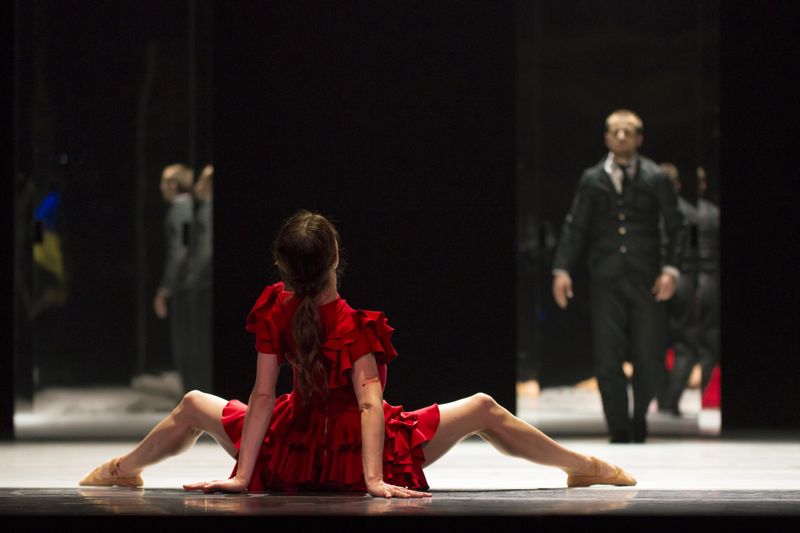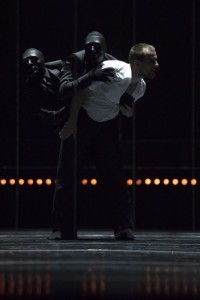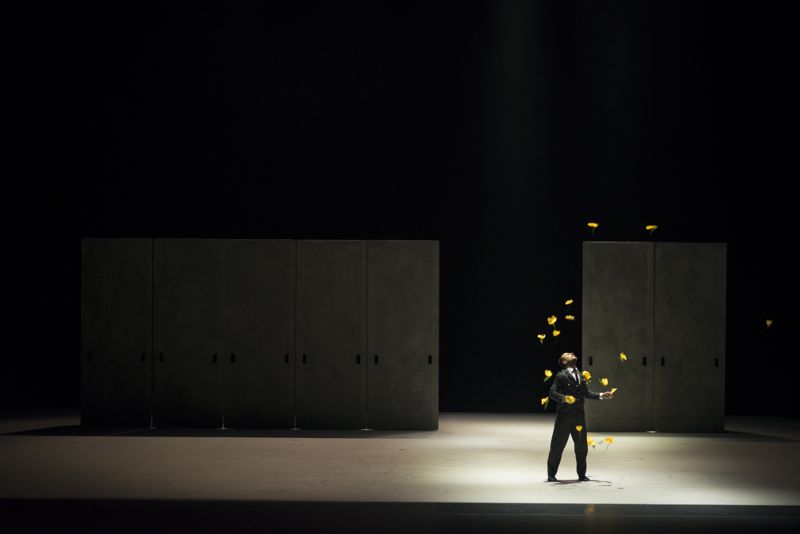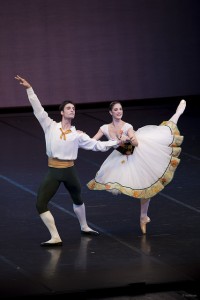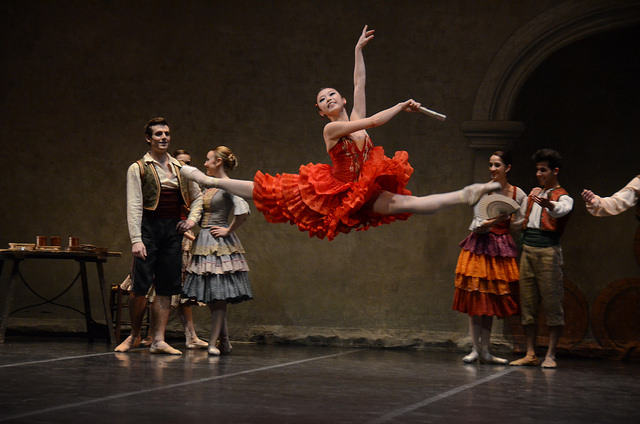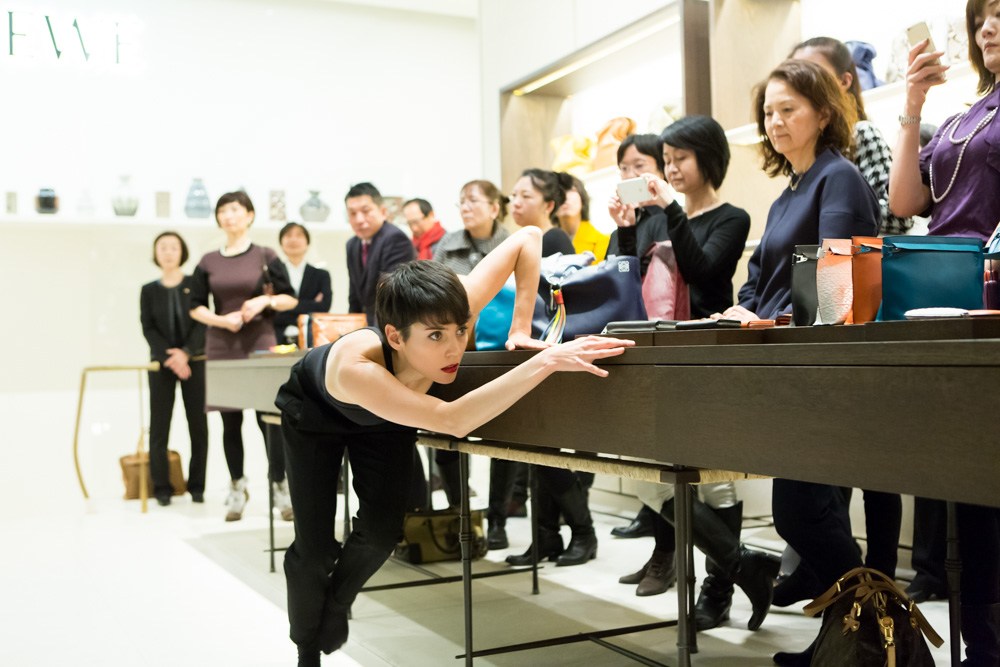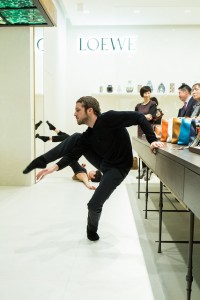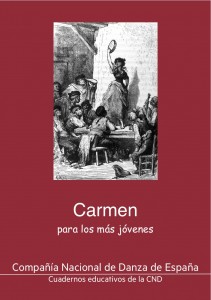 Carmen, by Swedish choreographer Johan Inger, is the title chosen by the Compañía Nacional de Danza -José Carlos Martínez, Artistic Director- to publish a new Educational Book. This little publication explains in depth all the details regarding not only this version of the ballet but also those previously choreographed by other artists.
Carmen, by Swedish choreographer Johan Inger, is the title chosen by the Compañía Nacional de Danza -José Carlos Martínez, Artistic Director- to publish a new Educational Book. This little publication explains in depth all the details regarding not only this version of the ballet but also those previously choreographed by other artists.
This book, easy to read, will allow audiences to enjoy and appreciate the many details that made this story one of the main works in the repertoire of most ballet companies worldwide.
Like the previous Educational Book published by CND, dedicated to the Russian-American choreographer George Balanchine, this publication is available in two versions; one for adults and another one for youngsters. Elna Matamoros, Ballet Master of the CND and advisor of the LOEWE FOUNDATION, is the author of both the text and the selection of images, which Anabel Poveda later designed.
This book delves into the origins of Carmen as a Spanish myth, starting from the novel written by Prosper Mérimée, through the opera composed by Georges Bizet and then through the multiple versions that have been choreographed. CND had two different versions in its repertoire in the previous decades, and they are also explained in the book.
The Educational Books of the CND are possible thanks to the support of the LOEWE FOUNDATION and are distributed for free to the people who attend the open rehearsals of the company; moreover, this Carmen book is also available to download in PDF through the website of the CND, and includes an explanatory text about this collection. You can also download Carmen, Educational Book, by clicking on the following links. [Only in Spanish]
CarmenJóvenesCuadernoEducativoCND
Photographs: Carmen para los más jóvenes, cover. Rehearsals of Carmen with Johan Inger at Compañía Nacional de Danza © Domingo Fernández for CND, 2015.

